
Agile Management: Delivering Value Faster and More Responsively
In contemporary business landscapes, the quest for efficiency and effectiveness in project management and product development often leads organizations to adopt Agile methodologies.
Agile Management, rooted in Agile principles, is a strategic approach that emphasizes flexibility, team input, and a commitment to delivering high-quality outputs in short, sustainable cycles known as sprints.
Initially crafted for software development, the benefits of Agile have been recognized and adopted across various industries due to its dynamic nature and its ability to adapt to changing environments.
i. Understanding Agile Management
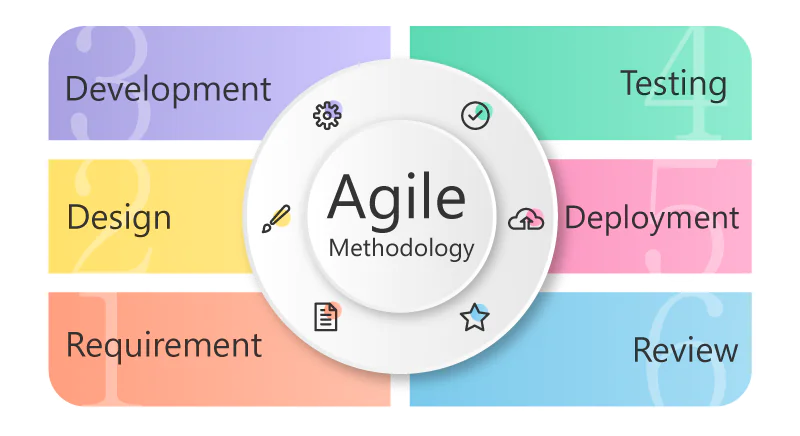
Agile Management refers to the application of Agile principles in the overseeing of projects and initiatives across different teams and departments. It is characterized by iterative processes, where projects are broken down into smaller, manageable units allowing for adjustments based on customer feedback and changing requirements. This concept opposes traditional project management, such as the Waterfall model, which follows a linear and sequential approach.
ii. Key Principles of Agile Management
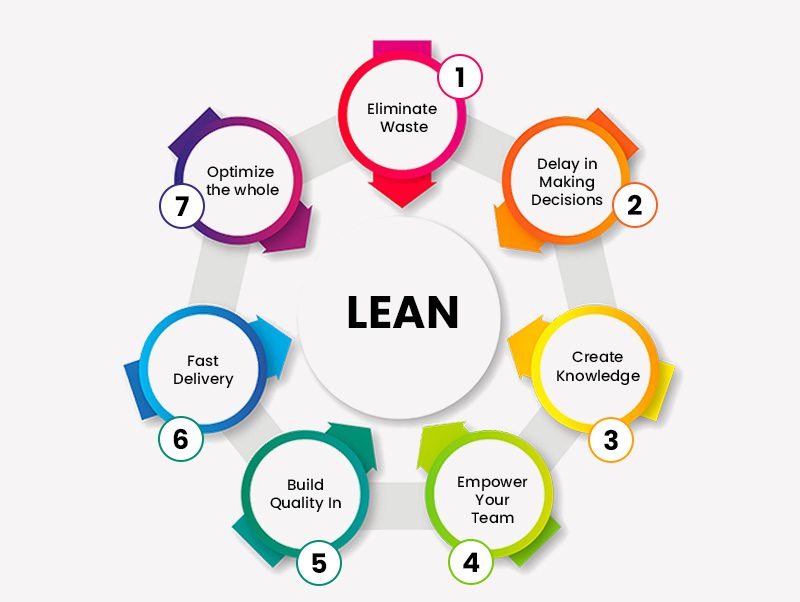
A. Focus on Value: Agile teams prioritize delivering the most valuable features to customers first.
B. Iterative Progress: Projects are divided into manageable units allowing for consistent feedback and the ability to adjust before the next iteration.
C. Empowered Teams: Agile management empowers teams by involving them in decision making and emphasizing their autonomy.
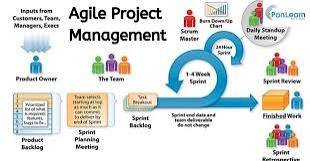
D. Customer-focused: This approach underlines the importance of customer feedback and integrating it into the development of products or services continuously.
E. Transparency: Keeping the communication channels open within teams and with stakeholders to ensure clarity and alignment.
F. Adaptability: Responding flexibly to change rather than strictly following a predetermined plan.
G. Empowered Teams: Self-organizing teams have the autonomy to make decisions and manage their workload.
iii. Popular Agile Methodologies
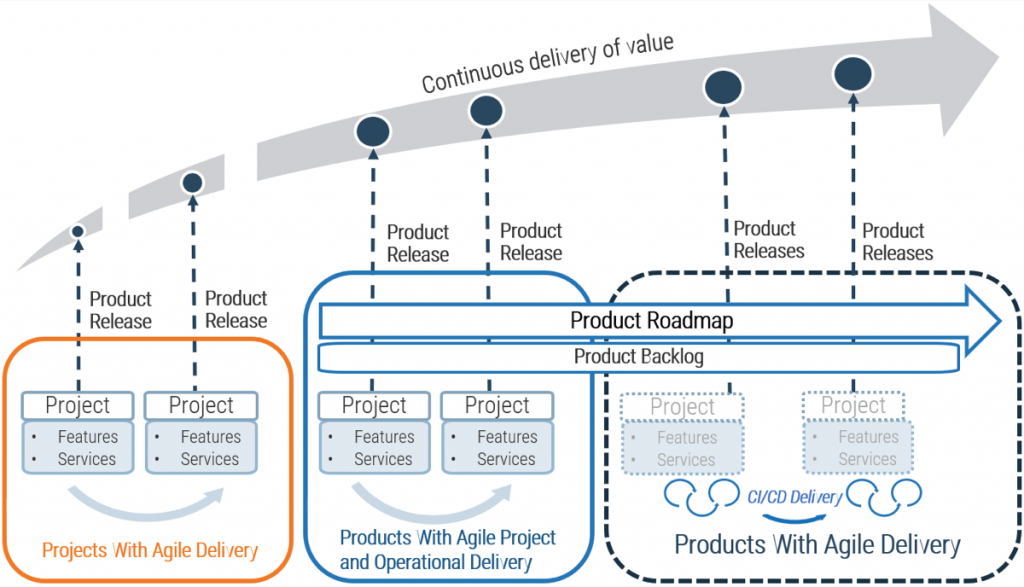
While all Agile methodologies share the same core principles, they are implemented differently depending on the framework:
o Scrum: This is the most utilized Agile methodology. It defines clear roles (Scrum Master, Product Owner, and Team Members), ceremonies (sprints, sprint planning, review, and retrospectives), and artifacts (product backlog, sprint backlog, burndown charts).
o Kanban: Another popular method, focusing on visual management. It uses a Kanban board to visualize workflow and work-in-progress limits to ensure that the team’s capacity is not exceeded.
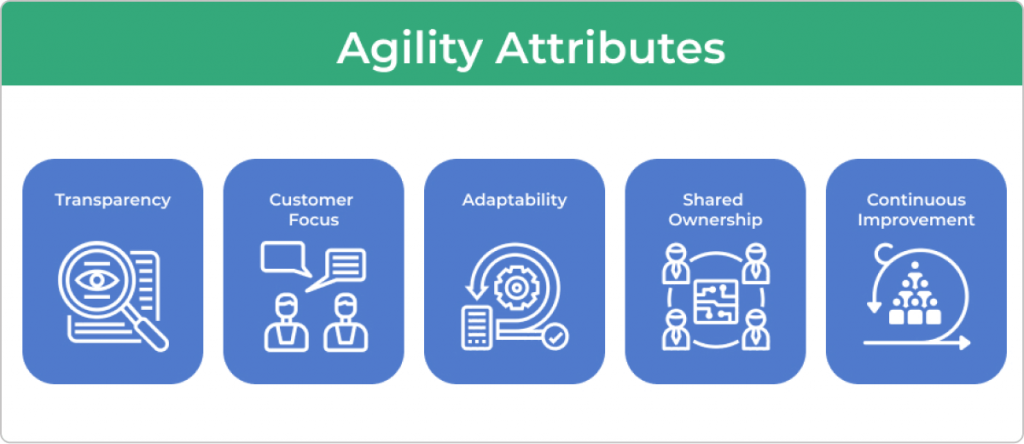
o Extreme Programming (XP): It focuses on improving software quality and responsiveness to customer requirements. XP emphasizes technical excellence, frequent releases, and a tight feedback loop.
o Lean: Incorporates principles of lean manufacturing to focus on minimizing waste and maximizing value.
iv. Benefits of Agile Management
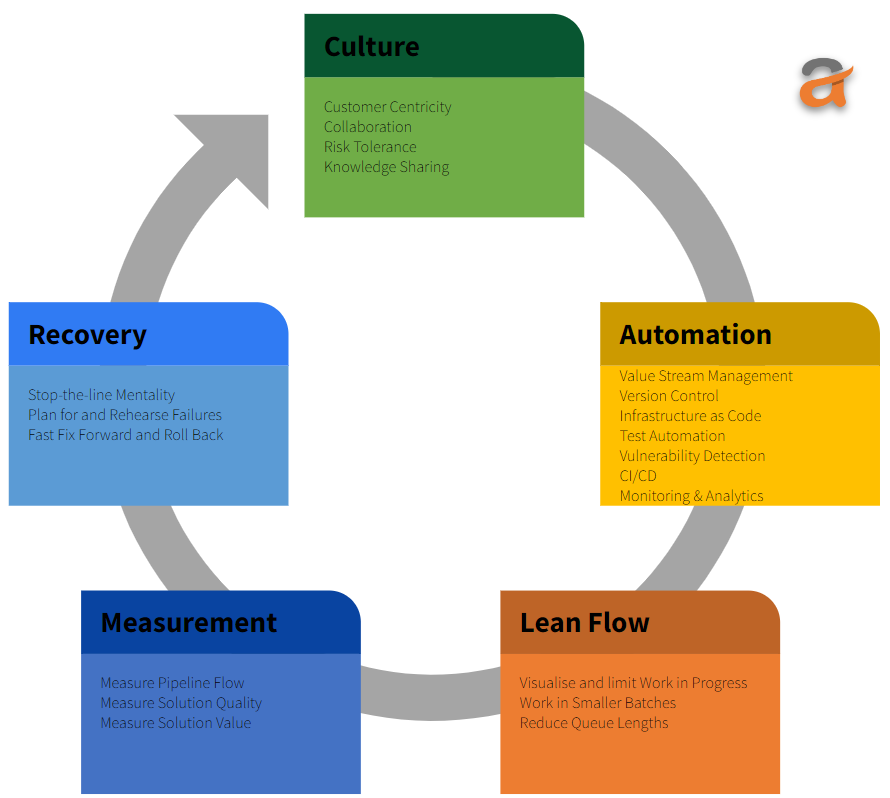
o Increased Productivity and Efficiency: Short cycles enable teams to focus and produce results faster.
o Faster Time to Market: Shorter development cycles and constant feedback loops enable more rapid product launches.
o Enhanced Adaptability: Agile teams can quickly adapt to changing requirements or market conditions.
o Enhanced Quality: Continuous testing, feedback, and revisions improve the end product’s quality.

o Higher Employee Satisfaction: Teams enjoy higher autonomy and clearer responsibilities, improving job satisfaction.
o Improved Team Dynamics: Agile promotes a collaborative environment emphasizing team ownership and communication.
o Better Customer Alignment: Regular feedback loops with customers ensure products evolve in ways that truly meet their needs.
o Increased Project Visibility: Regular check-ins, updates, and reviews with stakeholders increase transparency.
o Risk Mitigation: By breaking down the project into manageable parts, risks are identified and addressed sooner.
v. Implementing Agile Management in Your Organization
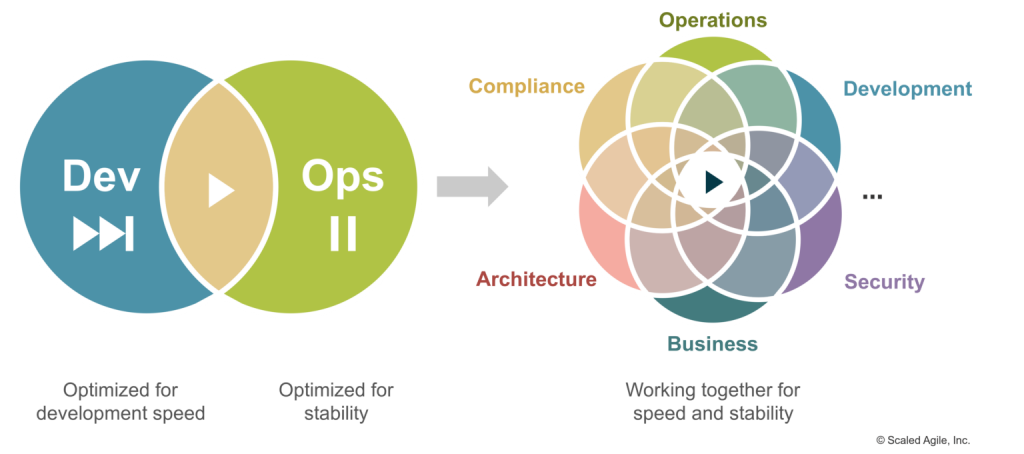
A. Training and Orientation: Begin with thorough training for all members of the organization to understand Agile principles and methodologies.
B. Select Suitable Projects: Identify projects that can benefit significantly from Agile practices, such as those needing frequent updates or rapid development.
C. Setup Cross-Functional Teams: Organize small, cross-functional teams with members from various disciplines to foster diversity in problem-solving.
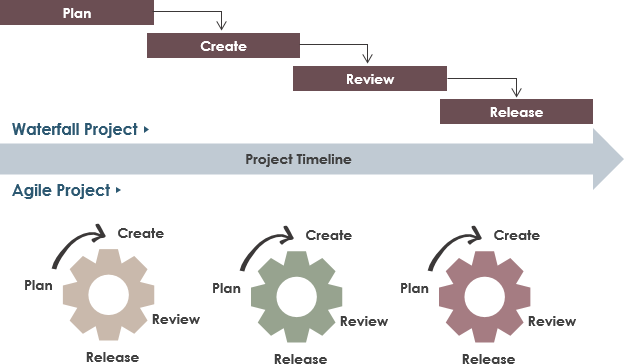
D. Adopt Agile Tools: Implement tools designed for Agile project management like Jira, Trello, or Asana that support iterative processes and teamwork.
E. Regular Reviews and Adaptations: Establish regular meetings for planning, review, and retrospectives to refine processes and address any issues.
F. Cultural Shift: Encourage a shift in organizational culture to value flexibility, open communication, and collaboration.
vi. Common Challenges in Agile Management
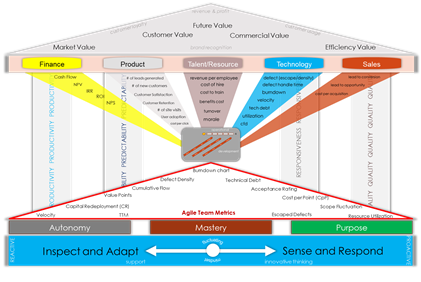
o Resistance to Change: Some team members might resist the shift from traditional methods to Agile practices.
o Initial Learning Curve: The transition can be challenging, and the initial phase might see reduced productivity.
o Maintaining Consistency: It can be difficult to maintain a consistent approach across different teams within the same organization.
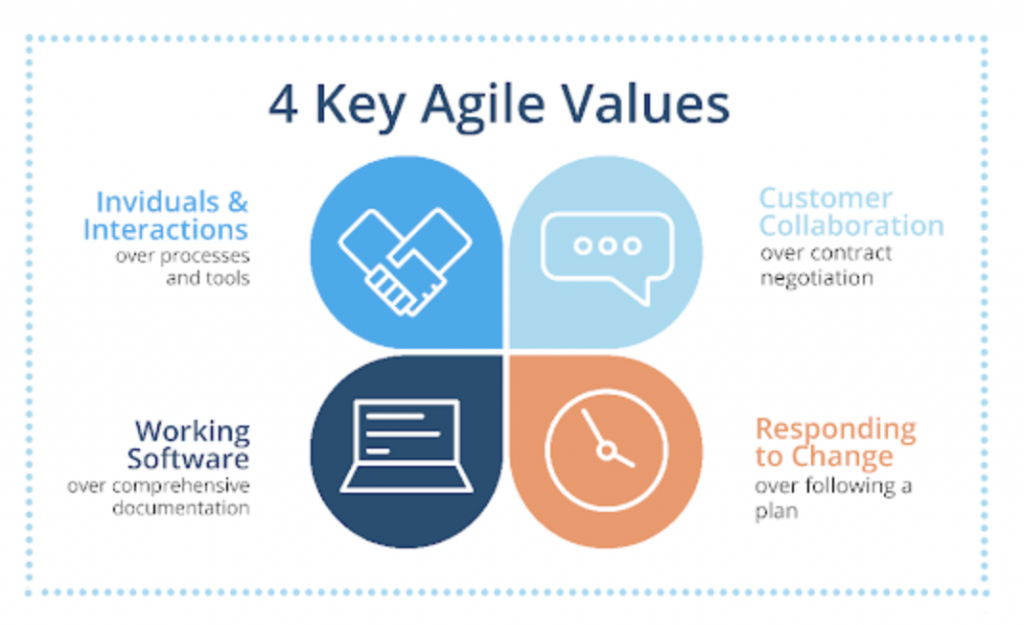
o Resource Allocation: Sustaining constant flexibility and rapid shifts in focus can strain resources.
o Cultural Shift Required: The adoption of Agile might be resisted in traditionally rigid organizational cultures.
vii. Conclusion

Agile Management offers a promising alternative to traditional project management methods, particularly in environments marked by uncertainty and rapid change.
While it presents its own set of challenges, its benefits—particularly in terms of efficiency, customer satisfaction, and adaptability—are substantial. As industries continue to evolve, Agile methodologies will likely play an increasingly significant role in shaping how projects are managed and products are developed.
By fostering an environment where flexibility and customer focus are at the forefront, Agile Management is not just a methodology, but a strategic tool that provides a significant competitive edge in today’s fast-paced market.
As businesses continue to face rapid changes, the flexibility and adaptability provided by agile management will undoubtedly become more integral to organizational success.
viii. Further references
LinkedIn · Gyizer10+ reactions · 5 months agoAgile Development: Adapting to Change in IT Projects
Planviewhttps://www.planview.com › guideWhat is Agile Project Management for Marketing?
Businessmaphttps://businessmap.io › agile › pr…Agile Project Management: Explained for Beginners
SponsoredBusiness Explainedhttps://www.business-explained.com27 PM Methodologies
Mediumhttps://pravinchandanofficial.medium.com › …The Benefits of Agile Project Management for …
New Digital Streethttps://newdigitalstreet.com › agile…Agile Project Management – NDS
